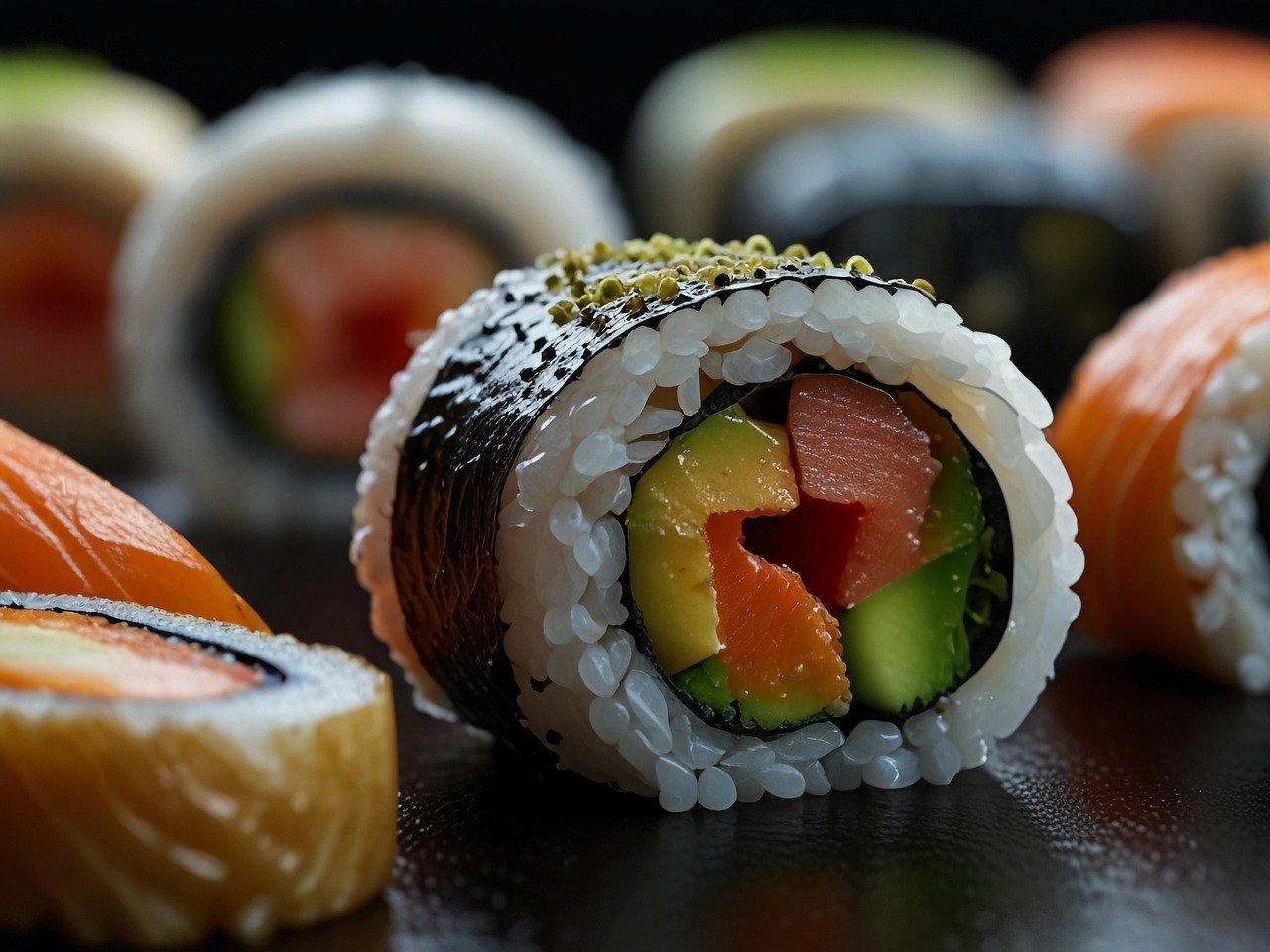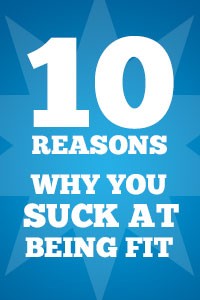The United States Department of Agriculture (USDA) introduced MyPlate as the modern nutritional guide, replacing the traditional food pyramid. This colorful plate icon is divided into four sections: green for vegetables, red for fruits, orange for grains, and purple for proteins, with a blue circle representing dairy on the side. The design emphasizes that half of the plate should consist of fruits and vegetables, while the remaining half is split between grains and proteins, accompanied by a serving of dairy.
Vegetables - Fruits
Vegetables include any vegetable or 100% vegetable juice. They can be raw, cooked, fresh, frozen, canned, dried, or dehydrated and may be whole, cut-up, or mashed. The USDA categorizes vegetables into five subgroups based on their nutrient content: dark green, starchy, red and orange, beans and peas, and others. Consuming a variety of vegetables daily is encouraged to maximize nutrient intake.
Fruits include fresh, frozen, dried, or canned options, as well as 100% fruit juice. While fruit juices can be part of this group, it is recommended to prioritize whole fruits for their fiber content, which aids digestion and helps maintain a feeling of fullness.
Protein - Grains
The protein group consists of meat, poultry, seafood, beans, peas, eggs, soy products, nuts, and seeds. Notably, beans and peas belong to both the protein and vegetable groups. The USDA advises diversifying protein sources throughout the week to obtain a range of essential nutrients and improve overall health.
Grains include foods made from wheat, rice, oats, cornmeal, barley, and other cereal grains. They are classified into two categories: whole grains and refined grains. Whole grains retain the entire grain kernel, providing more nutrients and fiber, while refined grains undergo processing that removes bran and germ, reducing their fiber and nutrient content. At least half of daily grain intake should come from whole grains.
Dairy - Oils
The dairy group consists of milk, yogurt, cheese, and calcium-fortified plant-based alternatives like soy milk. Most dairy choices should be fat-free or low-fat to reduce saturated fat intake. Products such as cream, butter, and cream cheese are not included in this group due to their low calcium content.
Although not depicted on the MyPlate icon, oils are an essential dietary component. Oils are fats that remain liquid at room temperature and come from plants (e.g., olive, soybean, canola oil) and fish. They provide essential fatty acids and vitamin E. The daily recommended oil intake varies between 5 and 7 teaspoons for adults, depending on age, sex, and activity level.
Scientific Updates on MyPlate
Recent research supports the MyPlate model as an effective guide for preventing chronic diseases. A study published in the Journal of the American College of Cardiology found that adherence to a Mediterranean-style diet, which aligns with MyPlate’s principles, significantly lowers the risk of heart disease. Additionally, research in the Journal of Nutrition highlights that higher consumption of plant-based proteins correlates with lower mortality rates, further validating the importance of diversifying protein sources.
Practical Tips for Using MyPlate
Adopting MyPlate recommendations does not require drastic changes. Simple adjustments, such as filling half your plate with fruits and vegetables, selecting whole grains over refined grains, and opting for lean proteins, can make a significant difference in overall health. The goal is not perfection but making informed choices that promote well-being.
The USDA's MyPlate serves as a practical, research-backed tool for guiding individuals toward healthier eating habits. By focusing on portion balance and diverse food group inclusion, MyPlate provides a clear framework for making nutritious choices that support long-term health and wellness.
Sources: U.S. Department of Agriculture. "MyPlate."
U.S. Department of Agriculture. "Back to Basics: All About MyPlate Food Groups."
Journal of the American College of Cardiology. "Dietary Patterns and Heart Disease Risk."
Journal of Nutrition. "Plant-Based Proteins and Mortality Risk."













